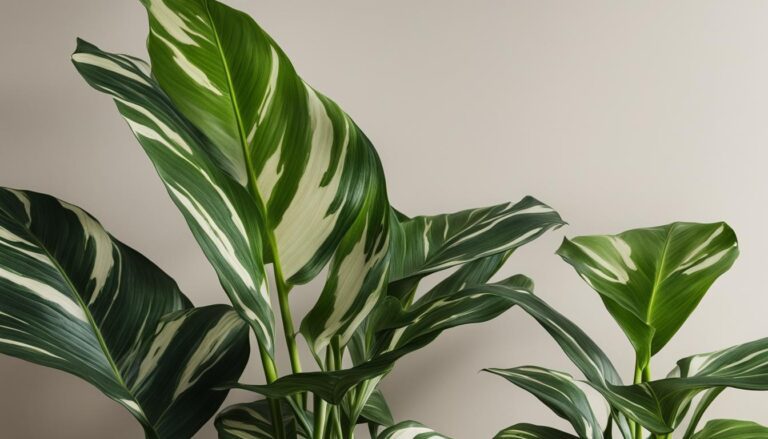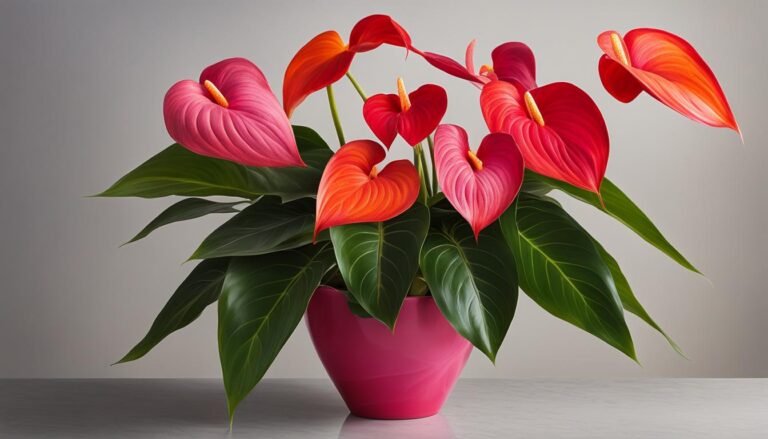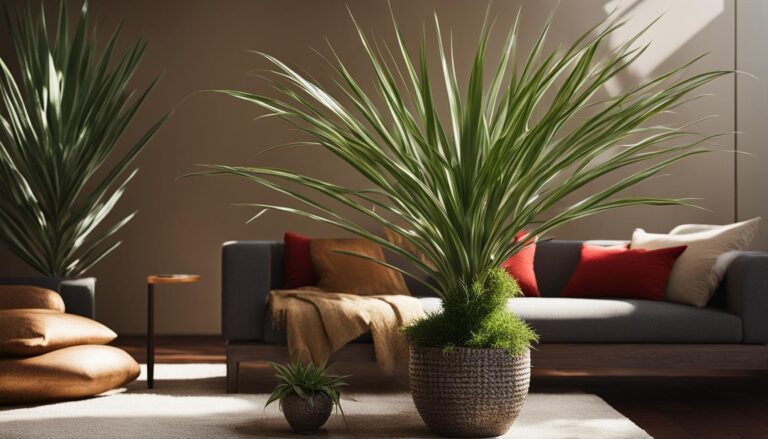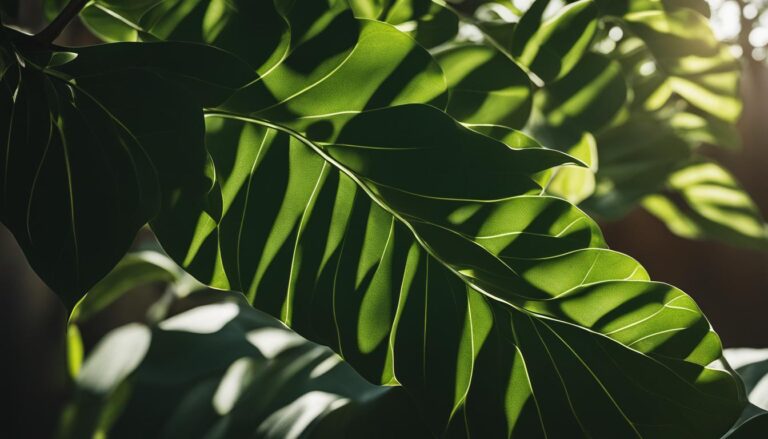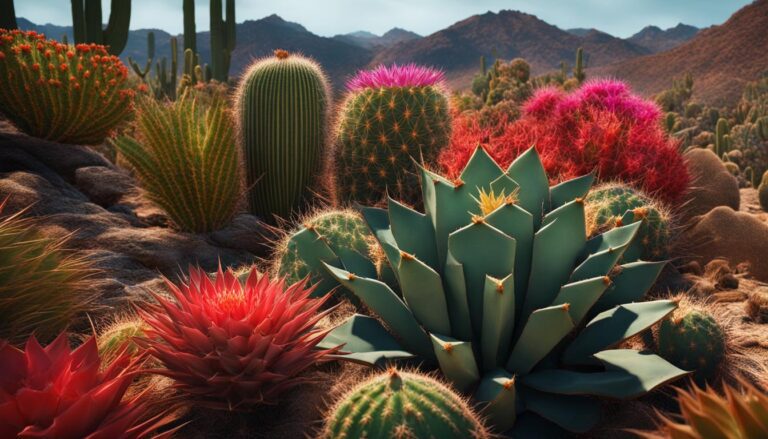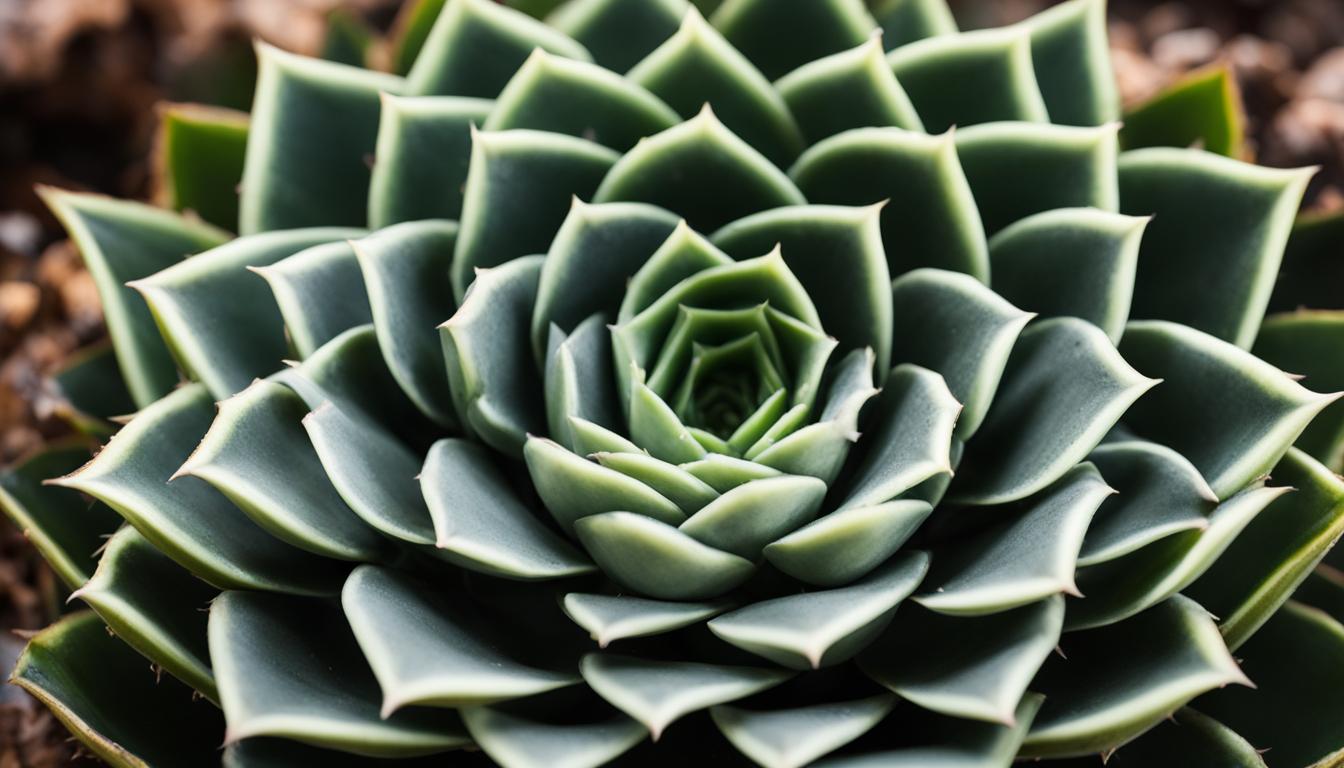
Welcome to my comprehensive guide on mastering the growth of Haworthia attenuata, commonly known as the Zebra Haworthia.
If you’re a succulent plant enthusiast or an indoor plant lover, this guide is for you. With its captivating horizontal white stripes and low-maintenance care routine, the Zebra Haworthia has become a favorite among gardeners of all levels of experience.
In this article, I will provide you with valuable insights on Haworthia varieties, care tips, propagation techniques, and everything you need to know to successfully cultivate this stunning plant both indoors and outdoors in the United States.
Identifying Features of Zebra Haworthia
The Zebra Haworthia, also known as Haworthia attenuata, has a fascinating historical background and has been a beloved addition to home gardens for centuries.
It gained popularity in the Western world after a botanical expedition in the 1750s celebrated the diversity of exotic plants. This succulent plant is characterized by its small and slow-growing size, making it suitable for both indoor and outdoor cultivation.
One of the most distinguishing features of the Zebra Haworthia is its striking zebra-like stripes that traverse across its dark green leaves.
These horizontal white stripes give the plant its unique aesthetic appeal, making it a favorite among succulent enthusiasts.
The Zebra Haworthia has a rosette formation, with its leaves arranged in a circular pattern. This compact growth habit allows it to thrive in small spaces, making it an ideal choice for those with limited gardening area.
Historical Background
The Zebra Haworthia has a rich history that dates back to its native region in the Eastern Cape Province of South Africa. It was named after the British botanist Adrian Hardy Haworth, who was known for his contributions to the plant taxonomy field.
The plant’s journey to the Western world began when explorers and naturalists started bringing back exotic plants from their travels in the 18th century. The Zebra Haworthia caught the attention of botanists and collectors for its unique appearance and ability to thrive in various environments.
Identifying Features
One of the key features that sets the Zebra Haworthia apart from other succulents is its distinct leaf pattern. The white horizontal stripes that resemble those of a zebra make it instantly recognizable.
These stripes serve a purpose, acting as a natural sunscreen to protect the plant from intense sunlight. Aside from its striking appearance, the Zebra Haworthia is also known for its slow growth rate, with mature plants typically reaching a height of 5 to 8 inches (12 to 20 centimeters).
Mastering Haworthia Care: Lighting, Watering, and Propagation
Proper care is essential for the successful growth of the Zebra Haworthia. To ensure its well-being, it is important to provide the plant with the right lighting conditions.
This succulent thrives in bright indirect light, so placing it near a window with filtered sunlight is ideal. Avoid direct sunlight, as it can scorch the leaves and cause damage to the plant.
In terms of watering, the Zebra Haworthia is a drought-tolerant plant that prefers to be slightly underwatered rather than overwatered.
It is crucial to have a well-draining soil mix to prevent waterlogging, which can lead to rot. Allow the soil to dry out completely between waterings, and then thoroughly water the plant until water drains out from the bottom of the pot.
Propagation is another important aspect of Haworthia care. The Zebra Haworthia can be easily propagated by separating offshoots from the mother plant.
Carefully remove the small offshoots, ensuring that they have roots attached, and pot them in well-draining soil. Keep the newly propagated plants in a warm and bright location, and water them sparingly until they establish their root system.
Care Tips for Zebra Haworthia
| Care Aspect | Tips & Instructions |
|---|---|
| Soil | Use a cactus mix or fast-draining potting soil mixed with sand for adequate drainage. |
| Light | Prefers bright light but should be protected from too much direct sunlight to prevent leaf scorching. |
| Watering (Summer) | Water evenly and generously, allowing the soil to dry out between watering. |
| Watering (Winter) | Reduce watering to as infrequently as once every two weeks. |
| Flowering | Flowers typically appear in spring (November and December in the southern hemisphere). |
| General Hardiness | It is a hardy plant that resists drought and is easy to care for as a houseplant. |
| Special Properties | Ornamental value; improves air quality for air purification. |
| Toxicity | Generally considered non-toxic to humans and pets. |
By following these lighting, watering, and propagation guidelines, you can ensure the optimal health and growth of your Zebra Haworthia.
Remember to regularly assess the plant’s needs and make adjustments as necessary. With proper care, your Zebra Haworthia will flourish, adding beauty to your indoor or outdoor space.
The Influence of Zebra Haworthia in Modern Gardening: Aesthetics and Air Purification
The Zebra Haworthia, also known as Haworthia attenuata, has become a prominent player in modern gardening, captivating both plant enthusiasts and interior designers alike.
Its unique aesthetic appeal, with mesmerizing zebra-like stripes on its dark green leaves, adds a touch of elegance to any indoor space. Whether placed on a windowsill, desk, or shelf, this stunning succulent plant effortlessly enhances the visual appeal of any room.
But the Zebra Haworthia offers more than just visual beauty. It also contributes to improved air quality in indoor environments. This remarkable plant has the ability to absorb indoor air pollutants, making it a valuable addition to homes and offices.
As the trend of indoor gardening continues to gain popularity, the Zebra Haworthia stands out as a perfect choice for those seeking both aesthetic pleasure and cleaner air.
In the realm of modern gardening, where low-maintenance and space-saving solutions are highly sought after, the Zebra Haworthia excels.
Its compact size and slow growth habit make it an ideal plant for small-space gardening arrangements. Whether you have a tiny apartment or limited space on your desk, this plant effortlessly fits in and adds a touch of greenery to your surroundings.
With minimal care requirements, the Zebra Haworthia has earned its place as a staple indoor plant in modern gardening.
As the popularity of the Zebra Haworthia continues to soar, its mesmerizing stripes and air purification capabilities make it a compelling choice for plant enthusiasts and design enthusiasts alike.
By introducing this plant into your indoor garden, you not only enhance the aesthetics of your space but also create a healthier environment for yourself and your loved ones to thrive in.
FAQ
What is the scientific name of the Zebra Haworthia?
The Zebra Haworthia is scientifically known as Haworthia attenuata.
Where is the Zebra Haworthia native to?
The Zebra Haworthia is native to the Eastern Cape Province of South Africa.
What are the identifying features of the Zebra Haworthia?
The Zebra Haworthia is characterized by its zebra-like stripes that traverse across its dark green leaves and its small, slow-growing size in a rosette representation.
What lighting conditions does the Zebra Haworthia require?
The Zebra Haworthia thrives in bright indirect light and should be placed near a window with filtered sunlight.
How often should I water the Zebra Haworthia?
The Zebra Haworthia requires a strict watering schedule and should be watered only when the soil is completely dry. Overwatering can lead to rot.
How can I propagate the Zebra Haworthia?
The Zebra Haworthia can be propagated by separating offshoots from the mother plant and repotting them.
Does the Zebra Haworthia improve indoor air quality?
Yes, the Zebra Haworthia is known to absorb indoor air pollutants, making it a great addition to any home or office environment.
Why is the Zebra Haworthia popular in modern gardening?
The Zebra Haworthia’s unique aesthetics, low-maintenance care routine, and ability to thrive in small spaces align well with the modern trend of gardening. Its popularity continues to grow as more people are drawn to its hypnotizing stripes.

